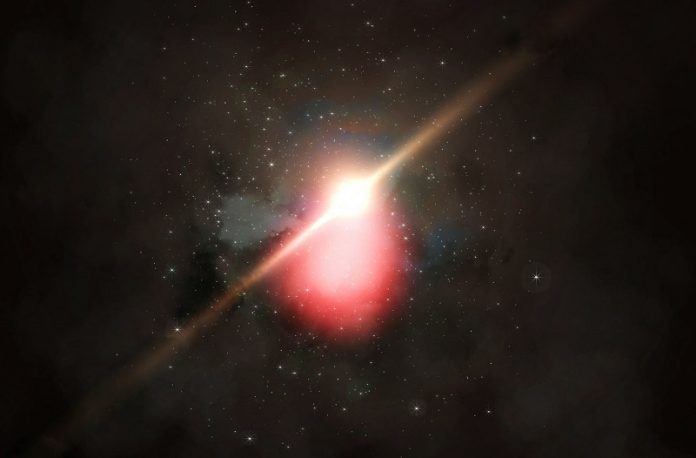
Recent research is shedding light on the mysterious double-peaked supernovae, offering valuable insights into how massive stars evolve and eventually explode.
These findings could help scientists understand the final stages of massive stars, the interactions between stars in binary systems, and the processes that cause stars to lose mass before they explode.
This research provides new perspectives on the diverse ways supernovae can form and the complex life cycles of massive stars.
Dr. Shing-Chi Leung, an Assistant Professor of Physics at SUNY Polytechnic Institute, contributed to this research as part of a collaborative project with the Zwicky Transient Facility (ZTF) team.
The study, published in The Astrophysical Journal, was led by Kaustav K. Das, a graduate student at the California Institute of Technology (CalTech).
Supernovae are the dramatic explosions of stars, and their brightness can vary depending on the star that explodes.
Typically, a supernova brightens over 20 to 100 days before fading into the night sky.
In the past, astronomers would compare images of the night sky to identify new bright spots that could be supernovae, but this process was slow and often missed rapidly evolving events.
The Zwicky Transient Facility, based in Palomar, California, was created to address this challenge.
It uses an automated system to quickly detect, classify, and analyze transient events like supernovae.
Since its launch in 2017, the ZTF has discovered around 9,000 supernovae, leading to the identification of a new class of supernovae with a unique double-peaked brightness pattern.
Unlike typical supernovae, which show only one peak in brightness, these double-peaked supernovae lack hydrogen or silicon in their ejected material (known as Type Ib/c supernovae) and exhibit a first brightness peak just 10 days after the explosion.
This double peak suggests that the star experienced an “outburst” phase before its final explosion. During this outburst, the star releases some of its outer material in a mini-explosion.
When the star finally explodes, the high-speed material from the explosion collides with this previously ejected matter, creating the observed double peak in brightness.
Dr. Leung explained that while these double-peaked supernovae were known to exist, it wasn’t clear if they were rare, isolated events or part of a larger pattern.
The data from ZTF suggests that a consistent mechanism may be behind these outbursts, raising questions about whether we can explain these events while still accounting for ordinary supernovae.
One possible explanation explored by Dr. Leung involves a rare type of supernova called Pulsational Pair-Instability Supernovae, but this remains a topic of debate. Although the conclusion is still uncertain, Dr. Leung finds it exciting that supernovae are proving to be more complex than previously thought.
With the upcoming deployment of the Rubin Observatory in 2025, which is expected to detect about ten times more supernovae, scientists anticipate that this wealth of new data will provide deeper insights into the mysterious physics of supernovae and these unusual double-peaked events.



